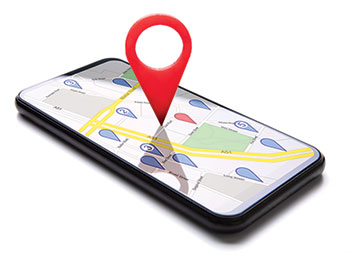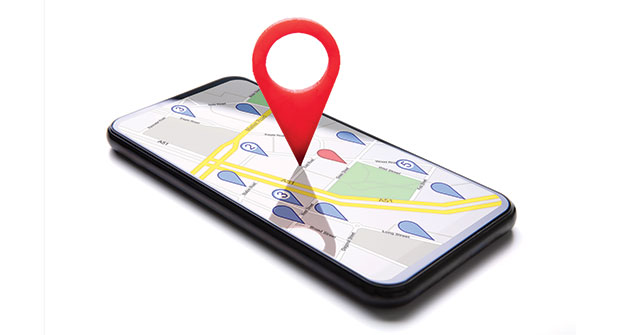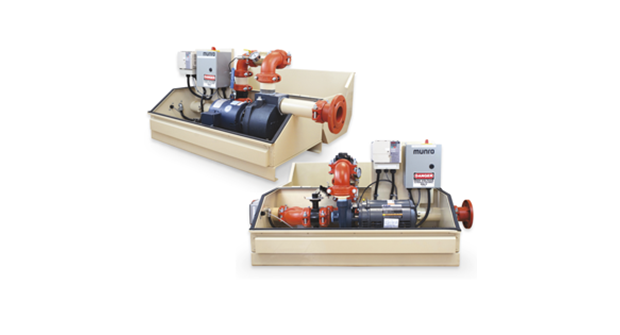
Timekeeping, route plotting, location verification — GPS tracking software has come to serve multiple purposes for lawn care operators (LCOs).
Matthew Gragg, CEO of NuView Lawn Pros in Shelbyville, Tenn., and Levi Duckett, president and owner of Sunshine Landscape in Meridian, Idaho, discuss the ways GPS tracking systems integrated into software have made their operations more efficient and reliable.
Yes, we were there
Gragg says GPS tracking software on vehicles gives NuView confirmation that technicians were actually at a site when they said they were.
Unlike with mowing or design/build work, Gragg notes it’s difficult to get visual confirmation that a lawn has been treated until weeks later.
“There’s this term in the industry called ‘ghosting’ where technicians will pull up and put a sign in the yard but they don’t actually treat the lawn,” Gragg says. “If there are ever any questions about it from the customer, then we have that backup to show them crews were actually there and for how long.”
NuView, which has about 12 employees and provides lawn care, maintenance and design/build work to an 80 percent residential, 20 percent commercial clientele, fully implemented Arborgold’s software in the spring of 2015 and hasn’t looked back since.
Gragg appreciates that the GPS module built into the software allows for monitoring of crews using the Arborgold app and that it’s included in the subscription.
“We can schedule work orders to crews on the fly,” Gragg says. “If we have a call for an emergency repair, we use the crew tracker to assign it. It tells us what location they’re at, what job site they’re on and how long they’ve been there.”
For other LCOs looking to incorporate software, Gragg recommends finding one that gives definite proof of when crews are active and when they’re not. For example, if crews try to turn off their location, Arborgold gives a notification that it’s been turned off.
“It doesn’t just tell us where they’re at; it tells us where they’re at when they clocked into the job. It tells us where they’re at when they clocked out of the job,” Gragg says. “Plus, there’s no tracking back and forth between two different software systems; it’s all integrated.”
Fleet smart
Sunshine Landscape is in the process of switching over to Aspire’s FleetSharp software. FleetSharp is a mobile device that plugs into the on-board diagnostics sensor inside a vehicle. It’s not included in the basic Aspire subscription. Sunshine Landscape plans to use the software to help with equipment replacement, reporting and safety.
“We want all the data off the trucks, like engine alerts, route tracking and safety features,” Duckett says. “FleetSharp allows us to import all of our info into the Aspire portal, so we know when services are due on trucks or equipment.”
Like NuView, Sunshine Landscape also uses the software to verify crews were on a job site.
“We can look at how they get to the job sites, so we know if they’re taking a longer way to get there,” Duckett says. “We can put geofencing around a job site. So, for example, if they pull in 8 a.m. but then go to the gas station down the street for a half-hour and don’t log out of the job site, it’ll show up with an alert in Aspire. Before, you just assumed you were on the job site the whole time.”
The company also plans to use FleetSharp to keep its safety benchmarks high. For instance, FleetSharp grades drivers and gives them a score from 0 to 100.
From a liability standpoint, if a driver gets into an accident in a company vehicle and he or she is not at fault, FleetSharp can help verify that the driver wasn’t at fault.
“There was a lady turning into traffic into the median across a five-lane road, and my truck was coming in the inside lane, and she just went right through the median and into traffic and said that our guy was the problem,” Duckett says. “But, because of our GPS, we were able to determine it was her fault.”


